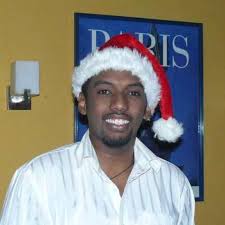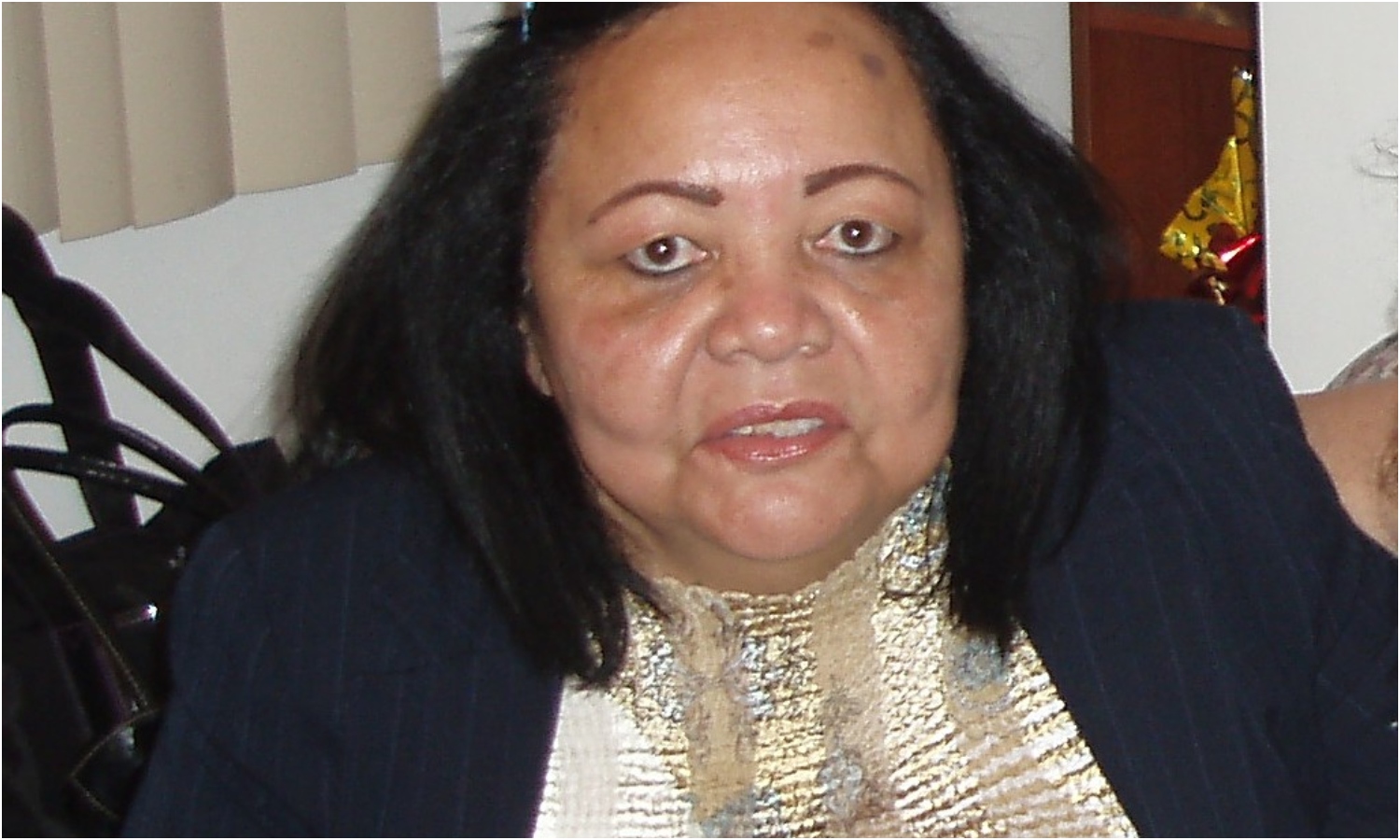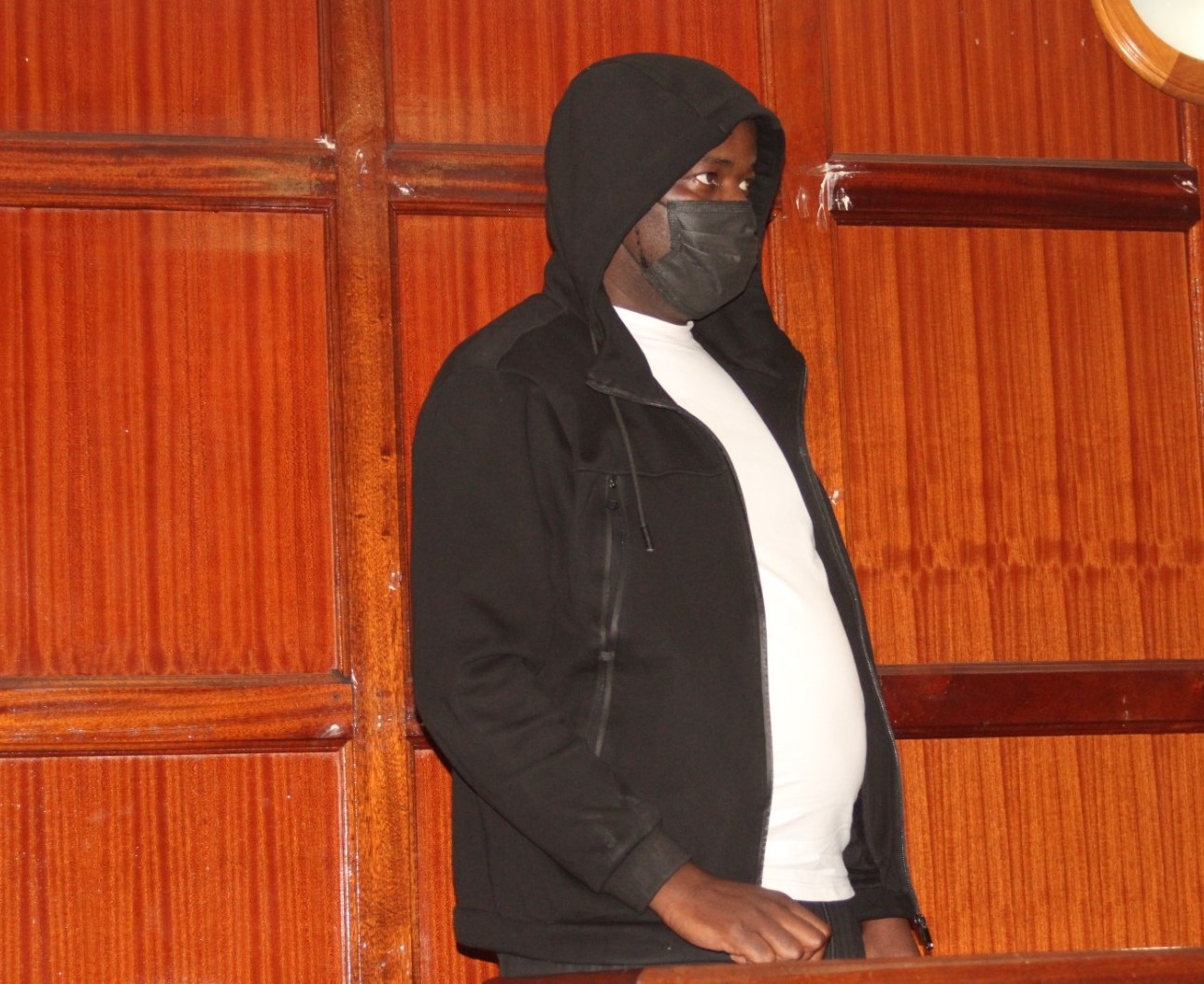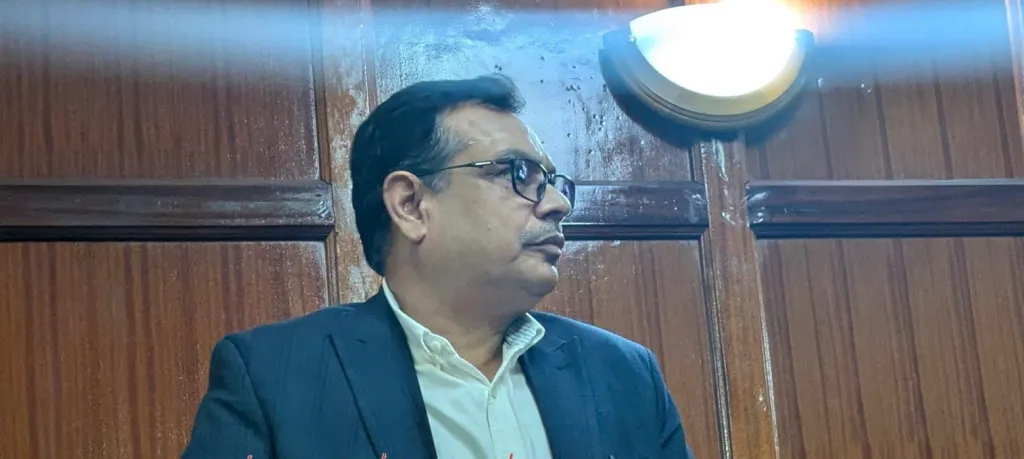The Weekly Vision Crime Desk
Thirteen years have passed since the brutal murder of Venezuela’s ambassador to Kenya, Olga Fonseca Jiménez, yet one of the principal suspects, Mohamed Ahmed Hassan Mohamed, remains at large. His disappearance continues to raise disturbing questions about the capacity and willingness of the Kenyan state to bring powerful fugitives to justice.
To unlock the full article:
Choose one of the options below:
- Ksh 10 – This article only
- Ksh 300 – Monthly subscription
- Ksh 2340 – Yearly subscription (10% off)
Ambassador Fonseca was found strangled at her Gigiri residence on the night of 26–27 July 2012, barely ten days after taking up her post in Nairobi. Her sudden death shocked the diplomatic community and cast a dark shadow over Kenya’s international standing.

Initial investigations led to the arrest and prosecution of the embassy’s First Secretary, Dwight Asdrúbal Sagaray Covault, alongside four Kenyan accomplices. They were charged with orchestrating the murder in order to block Fonseca’s assumption of full control at the mission.
While Sagaray and three of the co-accused were eventually convicted and handed life sentences in 2023, a ruling upheld by the Court of Appeal in 2025, the alleged mastermind on the ground, Mohamed Ahmed, vanished. He has never been brought to court despite what prosecutors described as “overwhelming evidence” of his central role.
Mohamed Ahmed was indicted alongside Sagaray, but the case against him collapsed after he failed to appear in court. Evidence suggested he recruited, paid, and supervised the killers, even promising embassy jobs as part of the conspiracy. On the night of the murder, he was allegedly seen at the ambassador’s residence, in defiance of her order expelling him from the embassy.
Phone records presented in court showed he made 11 calls to one of the convicted killers on the day Fonseca was murdered. Testimony also revealed he disbursed KSh468,000 to the assassins and later attempted to tamper with the crime scene.
Despite this damning evidence, police efforts to apprehend him were glaringly inadequate. An officer sent to arrest him testified that he merely visited the fugitive’s parents’ home, spoke briefly with a young man he assumed to be a brother, and left without verifying identities.
Why has Mohamed Ahmed never been arrested? During the trial, Sagaray’s lawyers produced photographs purportedly showing him with then Defence Minister Mohamed Yusuf Haji and former Tourism Minister Najib Balala. Sagaray testified that he believed Mohamed Ahmed was a Kenyan government official, often seen at diplomatic events where he introduced himself as a representative to Pakistan.
The trial judge, Justice Lagat Korir, castigated investigators for their failure:
“The fact that Mohammed has not been arrested years later shows lacklustre or no effort at all on the part of investigators. Justice demands that the said suspect at large be traced, arrested and charged.”
The Court of Appeal echoed this frustration, affirming that both Sagaray and Mohamed Ahmed were the “chief architects” of the assassination plot.
Who is Mohamed Ahmed? Court testimony from his father identified him as a one-time medical student in Karachi, Pakistan, who failed to complete his studies. Before Fonseca’s arrival, he wielded influence inside the Venezuelan embassy despite not being a Venezuelan national. Witnesses described him as deeply embedded in the mission’s operations, handling accounts and exercising power over staff.
Prosecution witnesses alleged that he lived at the embassy and positioned himself as untouchable, variously claiming to be linked to Kenya’s Ministry of Foreign Affairs or representing Pakistan diplomatically.
His role extended beyond internal politics. Investigative leads suggested the Venezuelan embassy had, prior to Fonseca’s arrival, been linked to narcotics trafficking and money laundering. Fonseca’s predecessor had been recalled over allegations of sexual harassment, but insiders claimed the deeper issue was the embassy’s misuse for illicit networks. Fonseca’s determination to assert control and possibly dismantle these networks made her a target.
Although warrants remain outstanding, no meaningful manhunt has been conducted. Reports indicate that Mohamed Ahmed may have been smuggled out of Kenya by relatives shortly after the murder. Other intelligence suggests he could still be in the country, living under an assumed identity and shielded by powerful cartels with political connections.
The trial court concluded that Dwight Sagaray orchestrated the murder to prevent Fonseca from consolidating her authority, while Mohamed Ahmed acted as the operational enforcer. Yet despite this judicial clarity, one of the central figures remains unaccounted for.
The failure to capture Mohamed Ahmed is not just an indictment of Kenya’s investigative agencies; it underscores the dangers of impunity when powerful networks intersect with crime.
The diplomatic community has long moved on, but the unanswered questions linger:
- Was Mohamed Ahmed deliberately protected by elements within the state?
- Do drug and money laundering cartels still wield influence over diplomatic missions in Nairobi?
- And most crucially, will justice for Olga Fonseca ever be complete without the capture of the fugitive?
For now, Mohamed Ahmed remains in the shadows, a fugitive whose case has come to symbolise the uneasy intersection of crime, politics, and diplomacy in Kenya.
[/full]




